Battling Herbicide Resistant Weeds
How farmers can prepare their sprayers to defend this year's crop.
The fight against weeds was always a no-holds-barred backroom brawl. Then with the advent of glyphosate and Roundup-Ready crops, farmers suddenly had the upper hand. It was a simple spray-and-watch’em-whither process.
Ah, the good-old days.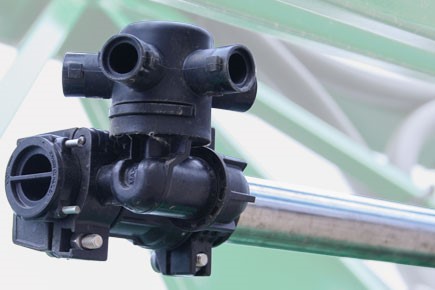
“Those days are basically over,” said Rex Guthland, a sales representative for Hypro. “The challenge for growers now is that they’re going to have to use a more diverse range of herbicides applied with more passes across the field, which results in more time and more machine wear.”
Since the mid 2000s, weed resistance to glyphosate has grown rapidly, posing a serious threat to yields around the world. But all is not lost. Farmers can get the winning edge on weeds; however, it requires a tweaking of spraying best practices.
Making Adjustments
There is still herbicide hope, namely in 2,4-D and dicamba. These chemicals, in conjunction with their chemical-tolerant crop varieties, may be the ticket to suppress herbicide resistance. But farmers need to make a few sprayer modifications first.
“We can’t use the same tips we’re used to using. Now we need smaller droplets,” Guthland said. “But we can’t just go out with a finer sprayer without other adjustments, too.”
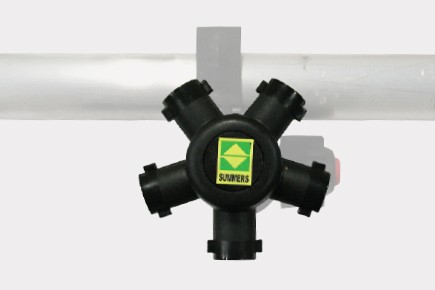
Drift control becomes a concern with finer spray. Guthland recommends first verifying the correct spray from the herbicide manufacturer before matching it to a sprayer head that allows for adequate flow and speed. On Summers Supersprayers, five-head pinwheel nozzles come standard, so farmers can have a variety of nozzles and adjust as needed.
To help farmers with this, Hypro developed the SprayIT app, which shows the desired droplet size, sprayer tip classifications and even pressure-dependent droplet spectrum for any manufactured chemistry.
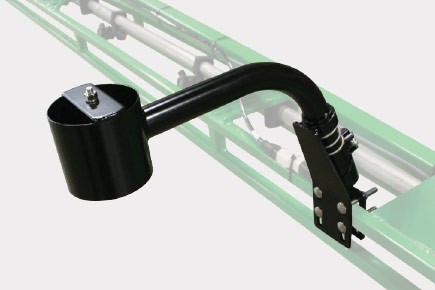
Assuring the boom is set at a low level and stays there consistently will also help with drift control. The Summers line of Supersprayers comes with the option of adding the NORAC Boom Height Control system, which automatically raises or lowers the booms to maintain a consistent height over changing ground contours.
Cleanliness is Key
Apart from tips, hygiene can’t be overemphasized.
“Chemical residue is a big deal, and can cause significant crop damage,” Guthland said. “Boom hygiene, tank cleanliness and overall sprayer cleanliness are a higher priority than ever.”
That’s why Summers made the Express Boom cleanout standard on all Supersprayers. With a normal boom-end stop, chemicals can get trapped and stay in the boom despite flushing with vast quantities of water. The Express Boom allows full cleaning with less water and in a shorter amount of time..
Avoid Compatibility Issues
Compatibility issues between chemicals can also crop up with residual herbicides. That’s where something like the Summers Spray Fill Xpress can greatly assist.
“You don’t want to wind up with cottage cheese because you premixed chemicals together,” Ruthland said. 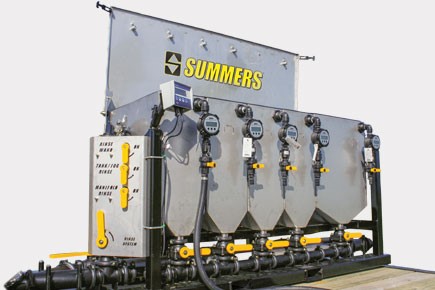 Along with speeding up sprayer fill times, the Spray Fill Xpress has a unique batching process that allows farmers to precisely measure each chemical before individually adding them to the water stream.
Along with speeding up sprayer fill times, the Spray Fill Xpress has a unique batching process that allows farmers to precisely measure each chemical before individually adding them to the water stream.
Although there is great concern about the impact of herbicide-resistant weeds, farmers can get the upper hand by following chemical best practices, fine-tuning their hygiene regimen and closely following the chemical manufacturer’s suggestions. Doing all that will lead to a much more one-sided fight — for the farmer.







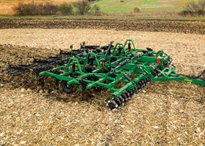

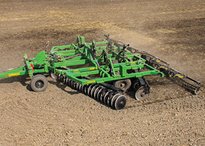
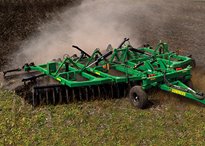
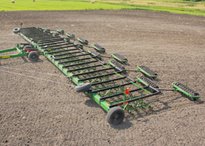
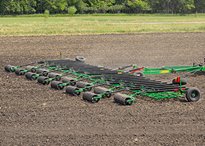
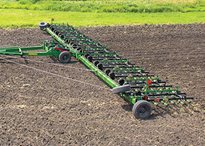
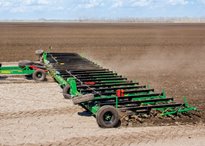
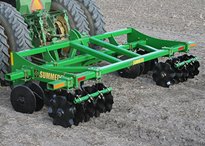
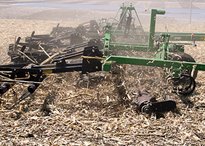
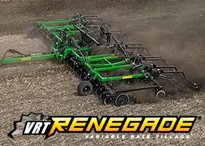
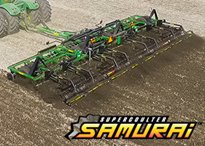
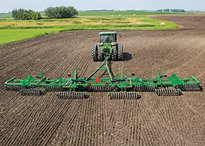
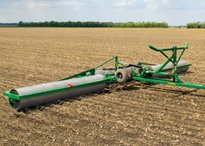
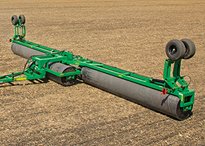
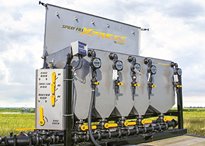

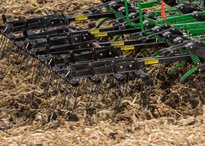
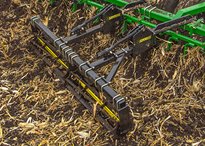
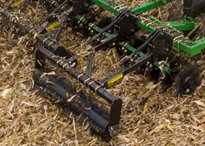
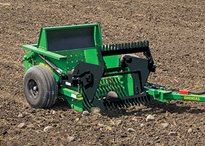
 Hats, Diecast Models, Gloves and More!
Hats, Diecast Models, Gloves and More!
 Library
Library